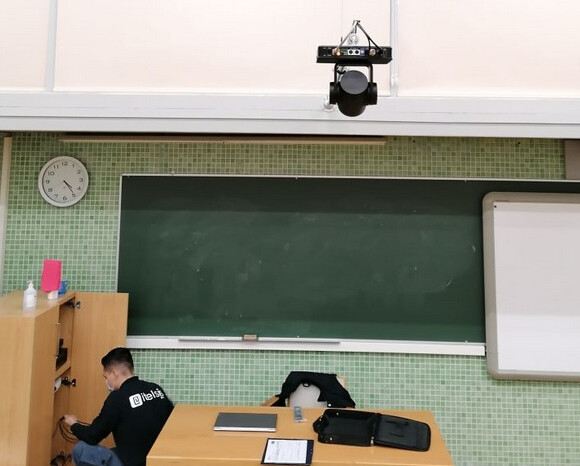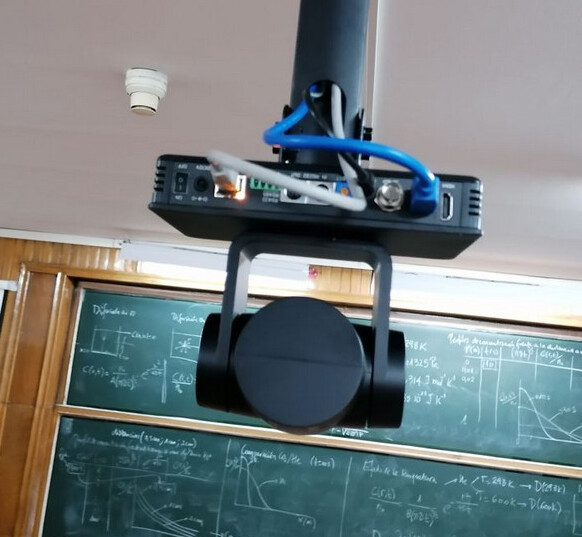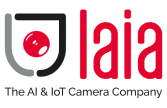Three years of success with the University of Santiago
Three years ago the University of Santiago de Compostela trusted Laia to integrate the hybrid education model with the great challenge of maintaining the quality of its teaching. We wanted to revisit this facility to interview Antonio Pérez Casas to interview Antonio Pérez Casas, Deputy Director of services for teaching and research in the ICT area of the University of Santiago de Compostela.

What is your area of responsibility at USC?
Currently I am Deputy Director of Services for Teaching and Research of the ICT Area of USC. This subdirection is in charge of providing first level attention, directly in contact with the members of the university community that use the ICT services, we are responsible for the provision and maintenance of the workstation equipment, computer rooms, multimedia equipment for classrooms, seminars and meeting rooms, supplying the teaching and research software, and the attention to users through the User Service Center (CAU).
What was the need for USC?
Although we had previously had specific needs for videoconferencing equipment, especially in interuniversity degrees and research groups, it was after the pandemic when we significantly increased the need for good and extensive multimedia equipment, first with the hybrid classrooms (part of the students face-to-face and part remote) and subsequently an increasing number of experiences of remote classes or recorded video.
Why did you choose Laia and Itelsis?
During the weeks of confinement, as all universities do, we developed a plan for the return to face-to-face attendance, and due to the planned capacity limitation, we detected the need to improve our videoconferencing infrastructure in the classrooms, for which we prepared an emergency tender from which the bid of the company Itelsis with Laia products was chosen. The main reasons for this decision were the quality and multiple options of Laia's products (Laia C-Pro 12X camera and Laia T-POD Beamforming microphone and speaker), as well as the great capacity of installation, start-up and support of Itelsis in a very short period of time for more than 200 classrooms of very different sizes and ceiling heights.

What benefits have you (teachers, students and administrators) gained since installing this solution?
On the part of the faculty and students the benefits in the moments after the pandemic were enormous to almost recover the normality of teaching, then what has given us this infrastructure is a wide variety of uses, since having more than 50% of the classrooms equipped with videoconferencing equipment first level combined with Microsoft Teams allows us to conduct any type of classes, training or seminar not only online but also online.
in any combination of hybrid mode, in addition to being able to record the events to make them available to students who could not attend or who wish to review them for exam preparation, as well as its use in interuniversity courses, lectures and conferences sometimes with streaming broadcast, and of course hundreds of internal meetings of USC staff, especially in a university with more than one campus as is our case (Santiago de Compostela and Lugo).
From the point of view of system administration, providing all classrooms with the same scheme and equipment has greatly facilitated the training tasks of both faculty and support staff in the centers. We have to take into account the great mobility of the teaching staff between different faculties and the simplicity of finding the same configuration in any of the classrooms of the USC with Laia equipment.
It is also noteworthy that from a more technical point of view, opting for PoE power and connecting all cameras in a private IP VLAN allows us to review and remotely manage any issues, problems, firmware updates, or even perform complete resets or reboots by removing power to the network port, although the truth is that I have to admit that incidents are very rare.

What differential value has Laia contributed in this process of change to hybrid classrooms with the arrival of the pandemic?
As we have already mentioned, the multimedia equipment of the classrooms has allowed those responsible for the teaching organization and the teachers themselves to organize the classrooms much more flexibly, being able to record classes for later use, broadcast them in case of having sick students, organize conferences and talks between several centers, and as many uses as we can imagine with the equipment of Laia and Microsoft Teams.
In the future, how do you think AI will affect education?
For universities, the introduction of ICT is a continuous process that goes back many years, before it was the internet, massive access to information, especially bibliographic information, massive computing, intensive use of virtual campuses, use of the cloud for administration and teaching, tele-teaching, ... so I suppose that this is not such a sudden change that we cannot adapt to it. Of course, every new technology forces us to modify our daily practices, especially in terms of learning, teaching and assessment. Improvements in AI are an important challenge but not to a greater extent than in the rest of society. Traditionally, universities have always had the advantage of having a great capacity for analysis and adaptability due to the experience of dozens of years of learning and research.




